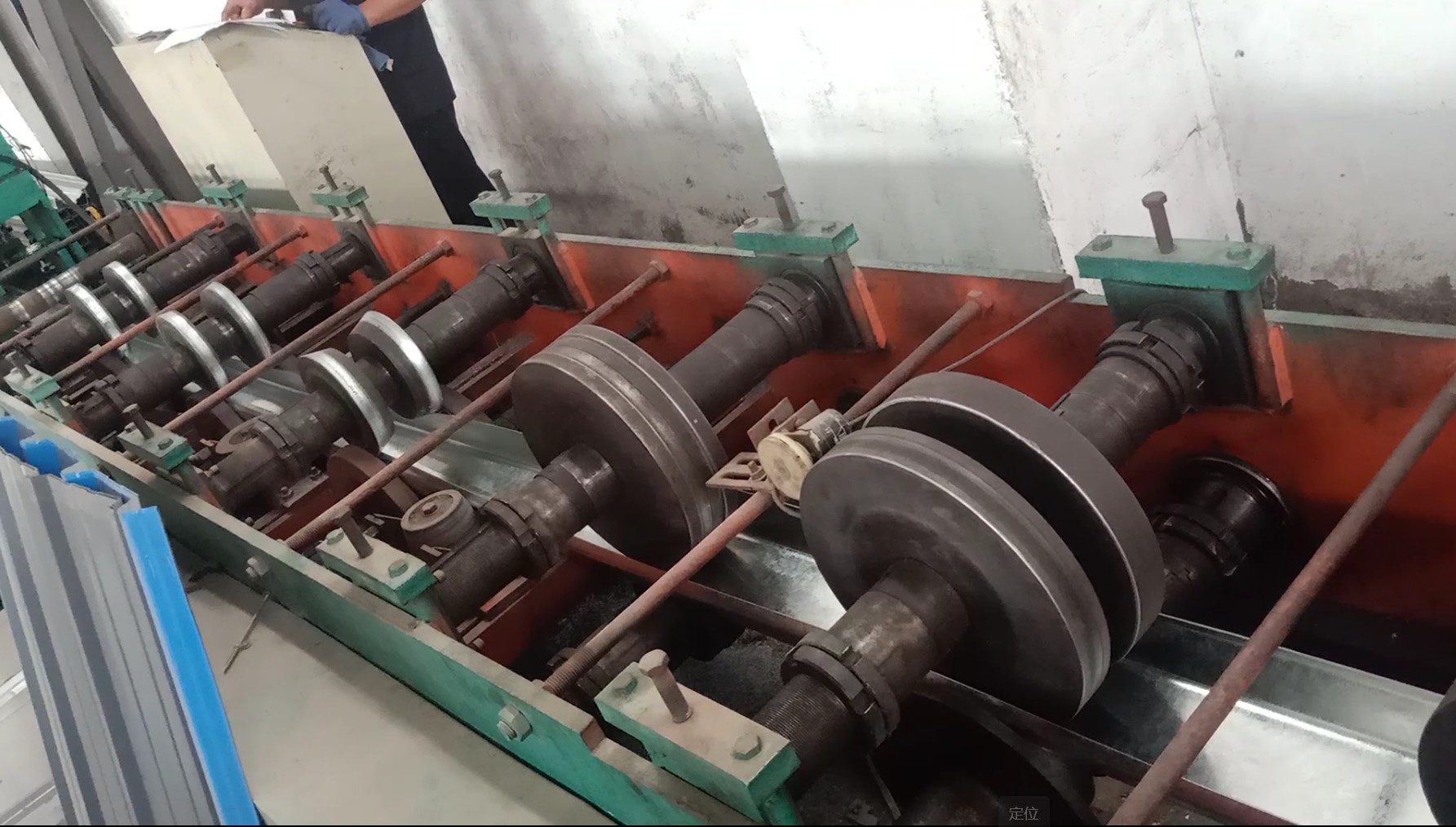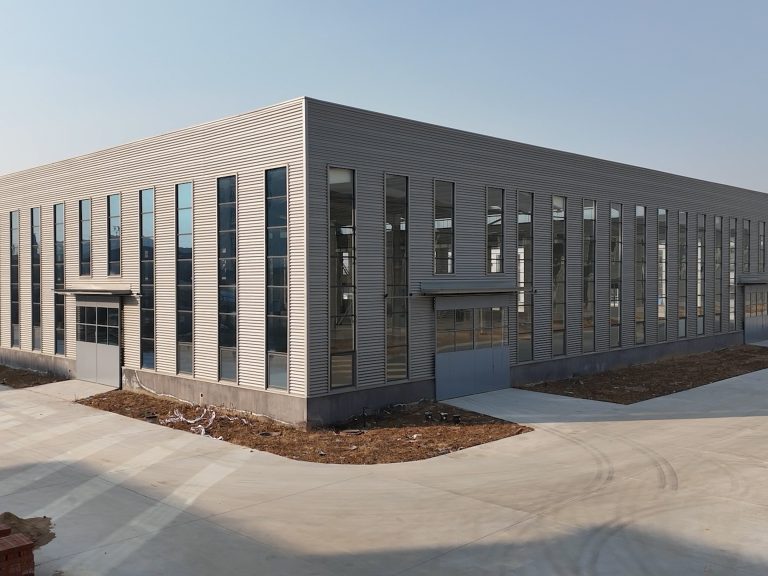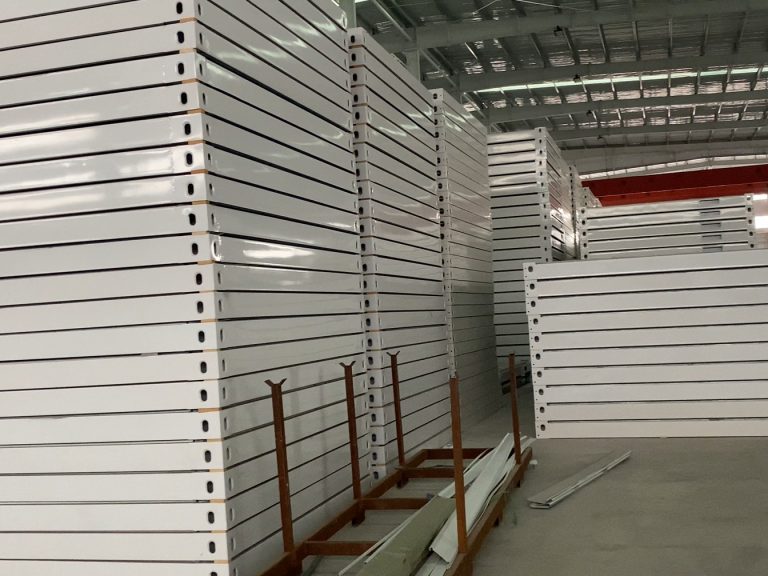Inhoudsopgave
Advantages of Implementing Intelligent Safety Monitoring Technology in Steel Structure Buildings
Steel structure buildings are becoming increasingly popular due to their durability, cost-effectiveness, and sustainability. However, ensuring the safety of these structures is of utmost importance. With the advancement of technology, intelligent safety monitoring systems have been developed to enhance the safety of steel structure buildings. In this article, we will discuss the advantages of implementing intelligent safety monitoring technology in steel structure buildings.
One of the key advantages of intelligent safety monitoring technology is real-time monitoring. This technology allows building owners and managers to monitor the structural health of the building in real-time. By continuously monitoring factors such as temperature, humidity, and structural integrity, potential issues can be identified and addressed before they escalate into major problems. This proactive approach to safety can help prevent accidents and ensure the longevity of the building.

Furthermore, intelligent safety monitoring technology provides predictive maintenance capabilities. By analyzing data collected from sensors installed throughout the building, predictive maintenance algorithms can predict when maintenance is required. This allows building owners to schedule maintenance activities at convenient times, reducing downtime and minimizing disruptions to building occupants. Additionally, predictive maintenance can help extend the lifespan of building components, ultimately saving money on costly repairs and replacements.
Another advantage of intelligent safety monitoring technology is enhanced security. By integrating security cameras and access control systems with the monitoring system, building owners can ensure that only authorized personnel have access to sensitive areas of the building. In the event of a security breach, alerts can be sent to building managers, allowing them to take immediate action to address the situation. This added layer of security can help protect valuable assets and ensure the safety of building occupants.
In addition to real-time monitoring, predictive maintenance, and enhanced security, intelligent safety monitoring technology also offers remote monitoring capabilities. Building owners and managers can access the monitoring system from anywhere with an internet connection, allowing them to keep an eye on the building even when they are not on-site. This remote monitoring capability provides peace of mind and allows for quick decision-making in the event of an emergency.
Furthermore, intelligent safety monitoring technology can help improve energy efficiency in steel structure buildings. By monitoring energy consumption and identifying areas of inefficiency, building owners can make informed decisions to reduce energy usage and lower utility costs. This not only benefits the environment but also saves money in the long run.
Overall, the advantages of implementing intelligent safety monitoring technology in steel structure buildings are numerous. From real-time monitoring to predictive maintenance, enhanced security, remote monitoring, and improved energy efficiency, this technology offers a comprehensive solution to ensure the safety and longevity of steel structure buildings. By investing in intelligent safety monitoring technology, building owners can protect their investment, reduce maintenance costs, and provide a safe and secure environment for building occupants.
How Steel Structure Building Intelligent Safety Monitoring Technology Can Improve Construction Efficiency and Worker Safety
Steel structure buildings are becoming increasingly popular in the construction industry due to their durability, strength, and cost-effectiveness. However, with the rise in the construction of steel structure buildings, there is also a growing need for advanced safety monitoring technology to ensure the safety of workers and the efficiency of the construction process.
One of the key challenges in the construction of steel structure buildings is the need to monitor the structural integrity of the building throughout the construction process. Traditional methods of monitoring involve manual inspections, which can be time-consuming and prone to human error. However, with the advancement of technology, intelligent safety monitoring systems have been developed to provide real-time data on the structural health of the building.
These intelligent safety monitoring systems use a combination of sensors, cameras, and data analytics to monitor various aspects of the building, such as temperature, humidity, and structural vibrations. By collecting and analyzing this data in real-time, construction managers can quickly identify any potential safety hazards or structural issues and take corrective action before they escalate.
In addition to improving safety, intelligent safety monitoring technology can also help to improve construction efficiency. By providing real-time data on the status of the building, construction managers can make informed decisions about scheduling, resource allocation, and workflow optimization. This can help to reduce downtime, minimize delays, and ultimately speed up the construction process.
Furthermore, intelligent safety monitoring technology can also help to reduce costs associated with construction accidents and delays. By identifying potential safety hazards early on, construction managers can take proactive measures to prevent accidents and injuries, saving both time and money in the long run.
One of the key benefits of intelligent safety monitoring technology is its ability to provide remote monitoring capabilities. This means that construction managers can access real-time data on the status of the building from anywhere, at any time. This can be particularly useful for large-scale construction projects where multiple buildings are being constructed simultaneously, as it allows for centralized monitoring and management of all construction activities.
Another advantage of intelligent safety monitoring technology is its ability to provide predictive analytics. By analyzing historical data and trends, these systems can predict potential safety hazards or structural issues before they occur. This proactive approach to safety monitoring can help to prevent accidents and injuries, as well as minimize downtime and delays.
Overall, intelligent safety monitoring technology is a game-changer for the construction industry. By providing real-time data on the structural health of steel structure buildings, these systems can improve safety, efficiency, and cost-effectiveness. As the construction industry continues to evolve, it is clear that intelligent safety monitoring technology will play a crucial role in ensuring the success of steel structure building projects.






